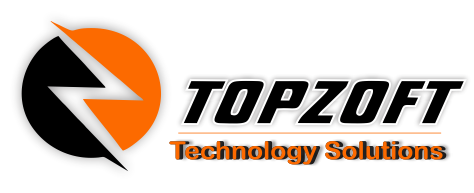Introduction:
Conversion Rate Optimization (CRO) is a critical component of any successful digital marketing strategy, focused on optimizing your website to drive higher conversion rates and maximize the return on investment (ROI) of your marketing efforts. By systematically analyzing user behavior, identifying barriers to conversion, and implementing data-driven improvements, businesses can enhance the effectiveness of their website and ultimately achieve their business objectives. In this guide, we’ll delve into the fundamentals of Conversion Rate Optimization (CRO), exploring key concepts, strategies, and best practices to unlock the full potential of your website and drive sustainable growth.

1. Understanding Conversion Rate Optimization:
Conversion Rate Optimization (CRO) is the process of systematically optimizing your website or landing pages to increase the percentage of visitors who take a desired action, such as making a purchase, filling out a form, or subscribing to a newsletter. By improving the user experience, addressing pain points, and removing friction from the conversion funnel, businesses can enhance conversion rates and drive meaningful results from their website traffic.
2. Key Metrics and Goals:
Before embarking on a CRO initiative, it’s essential to define key metrics and goals that align with your business objectives. Identify specific conversion actions or micro-conversions that you want visitors to take on your website, such as completing a purchase, signing up for a trial, or downloading a resource. Establish measurable goals and KPIs to track progress and evaluate the effectiveness of your CRO efforts over time.
3. Analyzing User Behavior:
Effective Conversion Rate Optimization begins with a deep understanding of user behavior and preferences. Use web analytics tools like Google Analytics, Hotjar, or Crazy Egg to analyze user interaction patterns, navigation paths, and conversion funnels on your website. Identify points of friction, drop-off, or hesitation that may be hindering the conversion process and prioritize areas for optimization based on data-driven insights.
4. A/B Testing and Experimentation:
A/B testing, also known as split testing, is a fundamental technique in Conversion Rate Optimization that involves comparing two or more variations of a webpage to determine which one performs better in terms of conversion rate. Experiment with different elements of your website, such as headlines, calls-to-action, forms, layouts, and visual elements, to identify winning variations that drive higher conversion rates. Continuously iterate and refine your website based on the results of A/B tests to optimize performance over time.
5. Improving Website Design and User Experience:
Optimize your website design and user experience to create a seamless and intuitive journey for visitors. Ensure that your website is mobile-friendly, fast-loading, and easy to navigate across devices and screen sizes. Simplify forms, reduce clutter, and prioritize clear and compelling calls-to-action to guide users towards conversion. Leverage user feedback, usability testing, and heatmaps to identify usability issues and opportunities for improvement.
6. Personalization and Segmentation:
Tailor your website experience to the preferences and needs of individual visitors through personalization and segmentation. Use data such as demographics, browsing history, and past interactions to deliver targeted content, offers, and recommendations that resonate with each user. Implement dynamic content, product recommendations, and personalized messaging to create a more engaging and relevant experience that drives conversions and customer satisfaction.
7. Continuous Optimization and Iteration:
Conversion Rate Optimization is an ongoing process of continuous improvement and iteration. Monitor key metrics, track the performance of your website, and regularly review and analyze data to identify new opportunities for optimization. Test hypotheses, implement changes, and measure the impact on conversion rates to refine your approach and drive incremental gains over time. By adopting a culture of experimentation and learning, businesses can achieve sustained growth and success through Conversion Rate Optimization.
Conclusion:
Conversion Rate Optimization (CRO) is a strategic imperative for businesses looking to maximize the performance of their website and achieve their business objectives. By systematically analyzing user behavior, identifying barriers to conversion, and implementing data-driven improvements, businesses can enhance the effectiveness of their website and drive higher conversion rates. Whether through A/B testing, website optimization, personalization, or continuous iteration, Conversion Rate Optimization empowers businesses to unlock the full potential of their website and drive sustainable growth in the digital age.
As you embark on your Conversion Rate Optimization journey, remember to prioritize user experience, data-driven decision-making, and continuous experimentation. By adopting a holistic approach to CRO and embracing a culture of optimization, businesses can achieve meaningful results and unlock new opportunities for growth and success.



